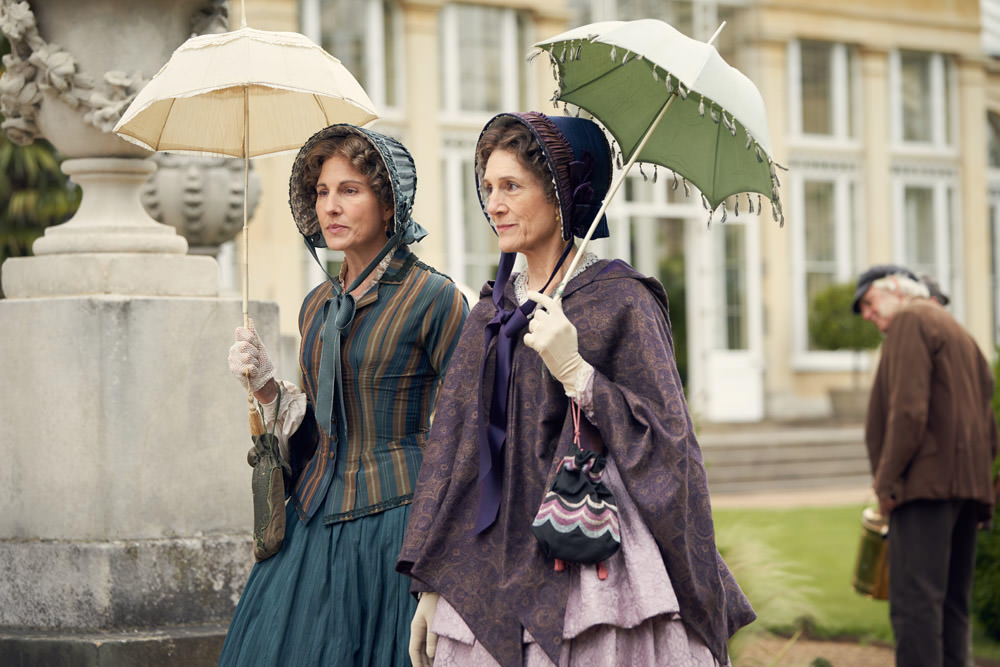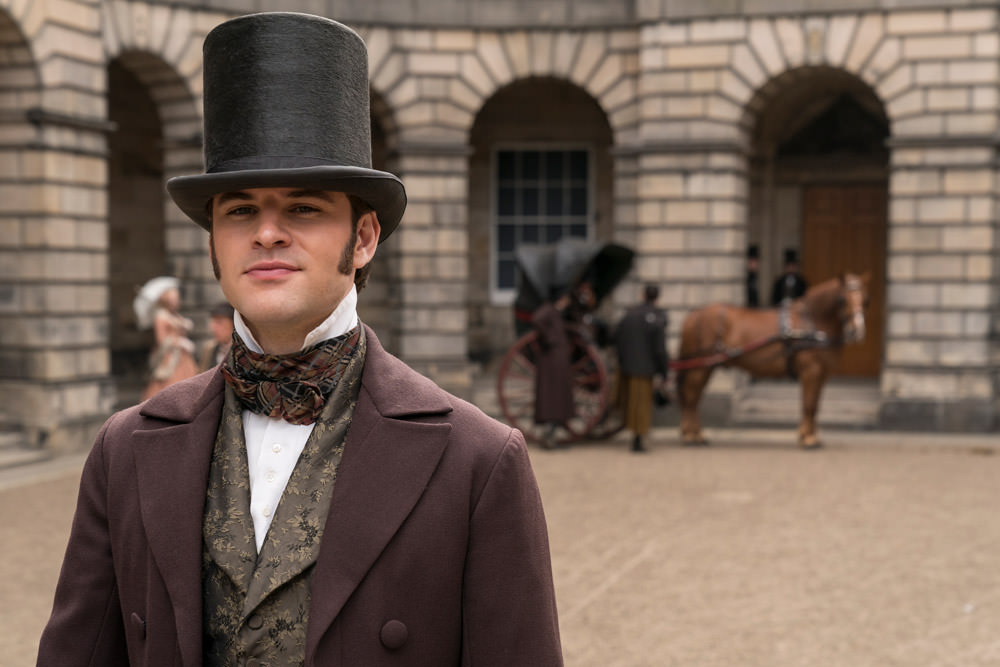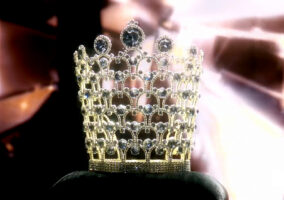
Having written entirely too many words on the subject of Downton Abbey, we can’t help but see all of creator Julian Fellowes’ narrative obsessions playing out again with Belgravia. But let’s face it: You don’t need to be an expert on Downton to see the connections. You only need to have watched it. That’s the thing about Fellowes that almost – but not quite – places him above criticism for his repetitive narratives: he leans so far into it that it almost becomes impressive. It’s not that you can’t fault him for it. It’s just that if you do, you may risk missing the point of it.
But first, The Story So Far…
In a flashback, we see the “emboldened” doctor who delivered Sophia’s (side note: IMDB gave us the spelling, which we never would have gotten from the characters pronunciation) child lecture Mrs. Trenchard about taking on the baby, pleading with her that he is her blood. This is typical of Fellowes, who tends to attribute anachronistic attitudes to his characters about things like homosexuality and out-of-wedlock children. Also typical of Fellowes is to have a wife express righteous fury for a poor decision that results in the death of a child and then to just sort of get over it. We saw this with Cora Crawley after Sybil died in childbirth and we see it with Anne Trenchard, who seems to pick up and put down her anger with her husband as it suits her (or more accurately, her writer).
For reasons that must have seemed sound to her at the time, Mrs Trenchard pays a call on The Countess of Brockenhurst in order to tell this woman she barely knows the most tightly held and socially damaging secret of her life. The meeting turns nasty rather quickly, with both women trying to salvage the reputation of their children by savaging the reputation of the other’s. The Countess went from “We mustn’t judge the girl for losing her head” to calling her a slut in the space of a few minutes and it’s to the credit of the actresses and Fellowes’ tight writing that it works. Years of writing this sort of scene has left Fellowes quite adept at doing that whole “dropping the veil of politeness” thing with the upper classes. Harriet Walter and Tamsin Greig are both great here.
At the Brockenhurst country home, The Earl of Brockenhurst is embodied in the form of Tom Wilkinson and half the appeal of this series is watching him and Walter be Just That Damn Good in every scene together. The Earl is fed up with his no-good younger brother, whose obnoxiously entitled son is the heir apparent. Both the Earl and the Countess are saddened and stressed by their lack of an heir. Downstairs, the servants are getting antsy and judgmental, as servants are wont to do in Fellowes’ world. They’re also stealing from the larder and privy to information the Countess would prefer her husband not discuss in front of them. It’s not hard to see where this is all going.

Meanwhile, Mrs. Trenchard is continuing to harbor a long-simmering anger at her husband (26 years worth, evidently) for playing into Sophia’s delusions. Like the Brockenhursts, the Trenchard’s regard the status of their heir – an embarrassing and ungrateful failson – to be a major disappointment to them. This is all pure Fellowes. The two ungrateful sons sneer all their lines. There is little subtlety here and absolutely no difficulty in figuring out who you’re supposed to be rooting for. Once Mr. Charles Pope and Lady Maria (another spelling we would never have figured by the pronunciation) have their meet-cute (which really was quite charming and easy to watch), the entire tale clicks into place. The only true twist on the Downton formula is the introduction of a character type Downton never had: the sexually free, adulterous woman, in the form of the Trenchard’s scheming, social-climbing daughter-in-law, Susan. It’s to Alice Eve’s credit that the character is fun to watch, because we’re not convinced Fellowes’ writing of her is doing the job to make her interesting. This is all happening right around the time Violet Crawley was born, by the way. We kind of wish Fellowes would just tie the whole thing together, making Belgravia akin to a Star Wars prequel, hitting all the same notes using characters as similar as possible to the originals.
But this is truly not a criticism of his approach. The fact remains that Fellowes is good at these sorts of stories and characters – good at making them fun and easy to watch, that is. Tragic ladies dying in childbirth, ungrateful scheming servants, social climbers, charming young men who don’t realize their birthright, plucky young upper class ladies not doing as told, and all of it centering around question of who is inheriting which title – this is Julian Fellowes’ version of Disneyworld and for right now, we are absolutely fine with watching him play around in his own amusement park. The familiarity is actually a comfort.
[Photo Credit: Courtesy of Epix]
Viktor & Rolf Spring 2021 Bridal Collection Next Post:
Jodie Comer Wears Two Absolutely KILLER Dresses on “Killing Eve”
Please review our Community Guidelines before posting a comment. Thank you!



